Unleash Your Super-Power, Part 5: How to Build Strong Team Relationships
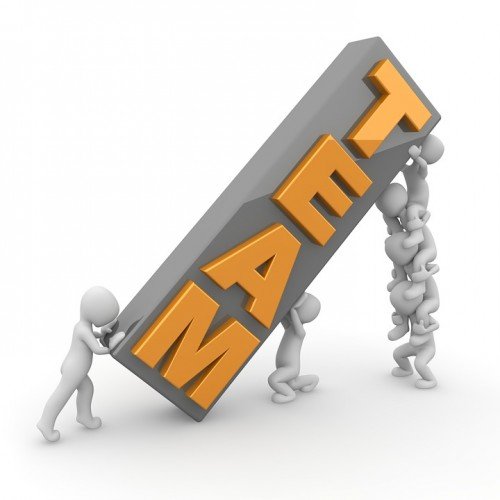
Are you a loner? If so, you’re probably not accomplishing very much, or you’re at least progressing more slowly toward your goals than you could be. Partnering in a team with like-minded people can help you achieve much more, and at a faster pace.
Helen Keller’s life is a great example of this principle, simply because her weaknesses were so glaringly obvious. Born blind, deaf, and mute, she was left with only the senses of touch, taste, and smell. By age six, she was wild, out of control, unable to interact with other people, and seemingly impossible to train.
That is, until a partially blind girl in her early twenties, Anne Sullivan, started working with her. Anne persisted in firmly correcting her, ignoring her tantrums and persevering through her mistrust. She encouraged Helen, patiently taught her Braille, and helped her finish high school, and then college.
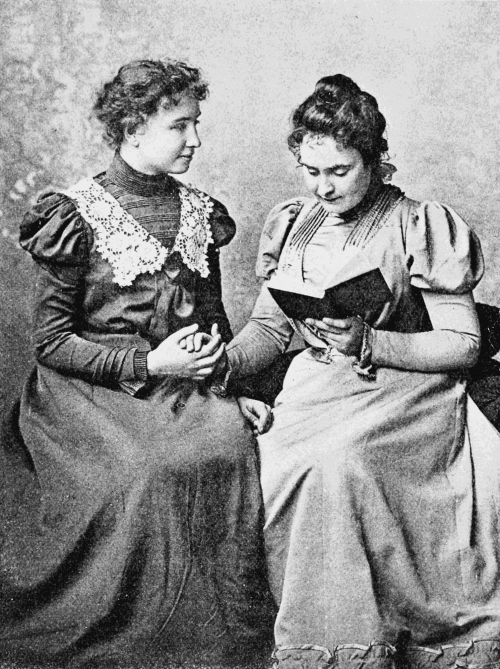
Helen Keller went on to become the first deaf-blind person to be awarded a Bachelor of Arts degree, even graduating with honours. She wrote an autobiography and published several other books. She became a powerful communicator, working tirelessly to raise money for the American Foundation for the Blind. Helen would “speak” while Anne would interpret every word.
Helen Keller said,
“Alone we can do so little; together we can do so much.”
You would do well to see yourself like Helen Keller in more ways than you realise.
Why is working with a team so important?
We all have our strengths, but we also have our weaknesses. Many people wrongly set out to try to fix their weaknesses, to try to become well-balanced individuals. But as I explained in Part 2 and in Part 4 of this series, trying to turn weaknesses into strengths is usually a waste of time.
You have strengths because certain neural pathways in your brain are well established, like superhighways. You have weaknesses because other neural pathways are like overgrown dirt trails, and very little information can flow down them. Trying to turn a dirt path into a superhighway is hard work.
The most effective way to find success is to focus on playing to your strengths, and partnering with other people who are strong where you’re weak. That way, you can enjoy being you, without wasting time trying to fix your weaknesses. There’s no need to try to become a well-balanced individual when you’re part of a well-balanced team that has a broad range of talents.
Old school success guru Brian Tracey said,
“Teamwork is so important that it is virtually impossible for you to reach the heights of your capabilities or make the money that you want without becoming very good at it.”
4 Ways To Build Strong Team Relationships
Here are four ways StrengthsFinder can help you build strong teams:
1. Value each member’s unique contribution.
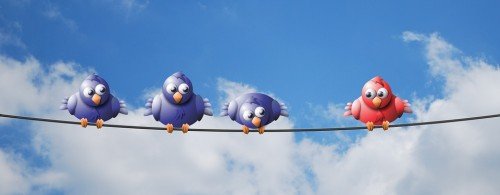
I’ve been a part of some great teams. I’ve also been a part of some really bad ones. The difference between them came down to whether or not the members of the team, and in particular the leader, had a strengths focus.
One of the most challenging teams I worked with had a leader that lacked self-awareness. He was a very charismatic individual, but he was unaware of his strengths and weaknesses. This also meant he lacked an awareness of the unique strengths and weaknesses of others. The result was that he tried to do everything, because he didn’t realise what he was bad at, and he tried to give other people jobs to do that didn’t fit their talent mix.
Over time, people would grow tired of working in this environment. The organization became like a revolving door. People were attracted to the team because of the charismatic leader, but they soon became frustrated at the lack of appreciating or understanding of their own uniqueness, so they gave up and left.
Having a strengths-focus helps us to build teams where each person’s unique contribution is highly valued. People feel appreciated for what their dominant talents can produce, and never experience the irritation of being forced into a role that doesn’t match their strengths.
One of the founders of StrengthsFinder, Donald Clifton, said,
“Don’t try to teach a pig how to sing. It wastes your time and irritates the pig.”
A strengths-focus helps you avoid conducting pig choirs.
2. Complement one another’s strengths and weaknesses.
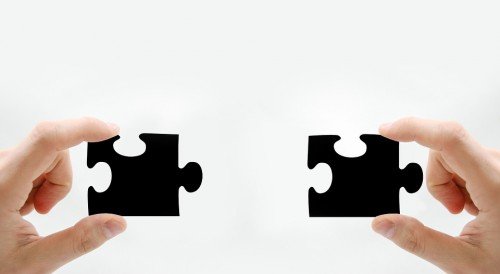
When a team has a healthy awareness of the unique contributions of each member, you find an environment where each member exists to complement the strengths and weaknesses of one another. You find a well-balanced team.
Understanding your talent mix, as I mentioned in Part 3, can really shed some light on which of your weaknesses need to be managed around, and who you need on your tream. Here are my top five most dominant themes again:

Because I’m heavily weighted in the “Executing” and “Influencing” columns, I tend to focus on working harder and leading people. I’m naturally weaker in the “Relationship Building” and “Strategic Thinking” domains, so I need help from others to work better with people and work smarter.
Interestingly, I’ve intuitively found myself drawn to these types of people in the past, in particular those with strong WOO and Relator talents, as well as those with Stategic and Ideation.
Knowing where your natural tendencies lie can help you know whom you should partner with. As I mentioned previously, he StrengthsFinder 2.0 book offers some recommendations for who to partner with, depending on your most dominant talent themes.
3. Use a common language for understanding one another’s distinct qualities.
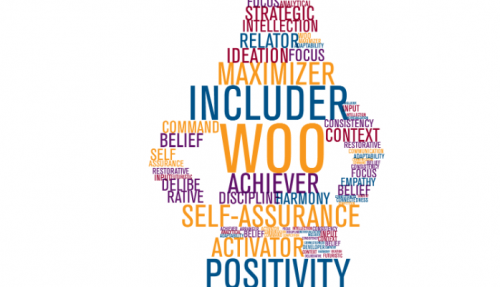
After interviewing over 2 million people, the researchers behind StrengthsFinder found and named 34 different themes describing the broad range of human talent that exists. These 34 themes can give teams a language for understanding why its members are as they are. Having words to describe the unique characteristics of others is paramount in understanding what everyone can contribute, as well as where your own strengths and weaknesses lie.
4. Overcome conflict in a healthy way.

Whenever you put people together, especially people who are different, you will find conflict. The very strengths that you offer to others will also be one of their greatest points of irritation with you because it’s so different than the way they naturally function. This conflict is very helpful in a team, if it is resolved and worked through in a healthy way. Having a language for naming and valuing one another’s strengths goes a long way in conflict resolution.
For example, as I shared in Part 1, one of my most dominant themes is Command, and my wife has Empathy. I like to take charge, I feel no discomfort in imposing my views, and I feel a need to ask confronting question to highlight the brutal facts.
My wife, who has the ability to sense the emotions of other people and feel what they are feeling, would often think that I come across insensitive and rude. For a long time, she was very frustrated with my lack of empathy. She still is at times. It wasn’t until we took the StrengthsFinder assessment that we finally understood one another. She realised that I will never be as empathetic as her, and that's OK. It highlights why we need one another.
One of the primary sources of conflict on a team is when people expect other people to be just like them, and then grow frustrated when they're not. I’m currently working with someone who is a strong Relator. Because he is intensely loyal, he expects others to display a fierce loyalty as well. When they do not, it deeply upsets him. As he grows to realise that other people are not natural Relators like him, it helps him to be more gracious and overlook personal offense.
Having this level of awareness of yourself and others can not only make your team healthier, but it can vastly improve relationships in every area of your life.
Why not take the StrengthsFinder assessment yourself?

Anyone can purchase access to the 100-question StrengthsFinder assessment for only $15. It also comes with a digital copy of the book StrengthsFinder 2.0, which gives an introduction to the program and explains each of the 34 talent themes.
Here’s the link: https://www.gallupstrengthscenter.com/Purchase/en-US/Product
If you do decide to take the assessment and you’d like some feedback or have any questions, please send me a private message on steemit.chat. I’d love to connect and help you any way I can.
This was the final post in a five-part series.
Last weekend, I taught this series at a workshop for my clients in Sydney and Melbourne. I decided to package it up in these five posts to share with you, my Steemian friends. I hope you’ve enjoyed them and found them beneficial.
If you missed any of the previous posts, you can find them here:
- Unleash Your Super-Power, Part 1: Why you MUST Discover Your Strengths
- Unleash Your Super-Power, Part 2: Where Our Strengths Come From
- Unleash Your Super-Power, Part 3: How to Live Your Strengths
- Unleash Your Super-Power, Part 4: How to Deal with Weakness
Recommended Reading
- First, Break All The Rules: What the World's Greatest Managers Do Differently, by Gallup Press
- Now, Discover Your Strengths, by Marcus Buckingham and Donald O. Clifton
- Go Put Your Strengths to Work: 6 Powerful Steps to Achieve Outstanding Performance, by Marcus Buckingham

@jasonstaggers
image credits: team, Helen and Anne, unique, fit together, 34 themes, conflict, books
excellent after work is team is always better, do what you can not and you do what I can not it is teamwork thank you very much
You're welcome @jlufer. Life is much more fun and productive when doing it with cool and unique people :)